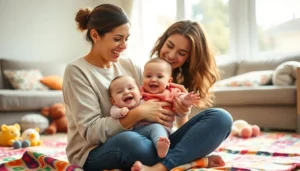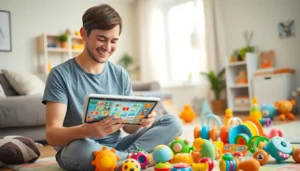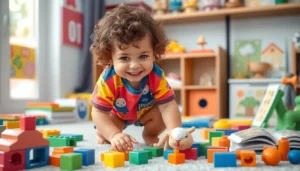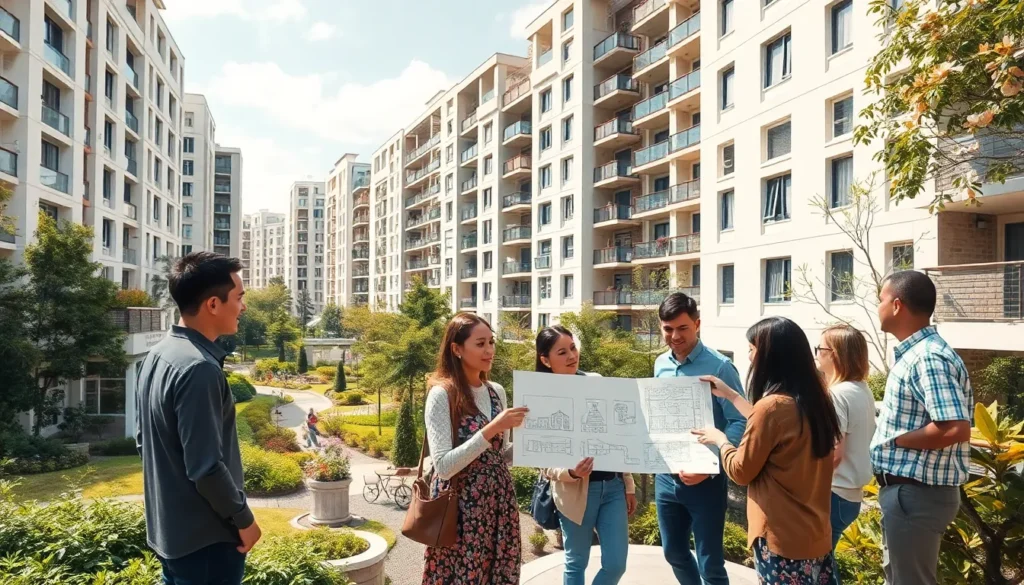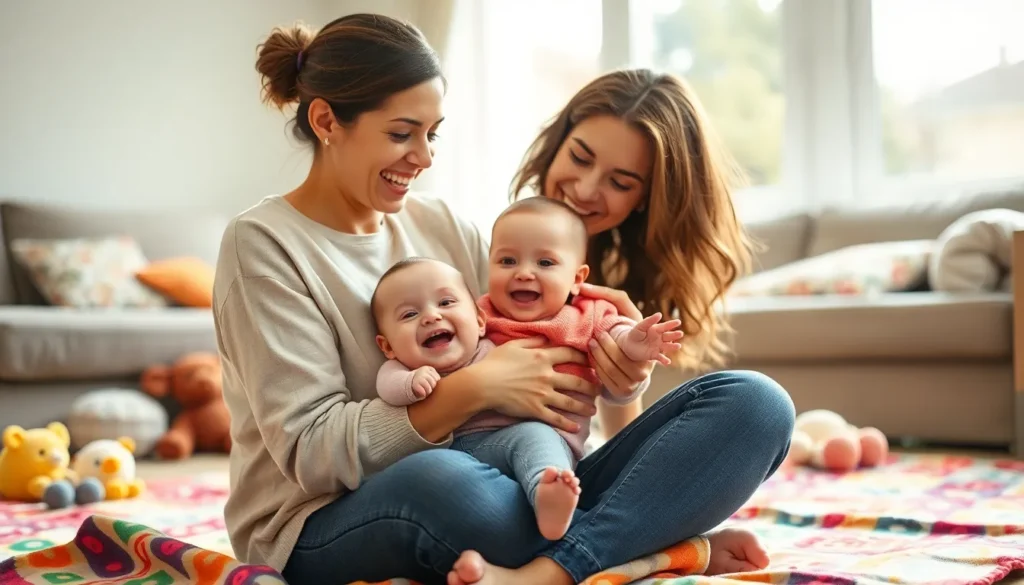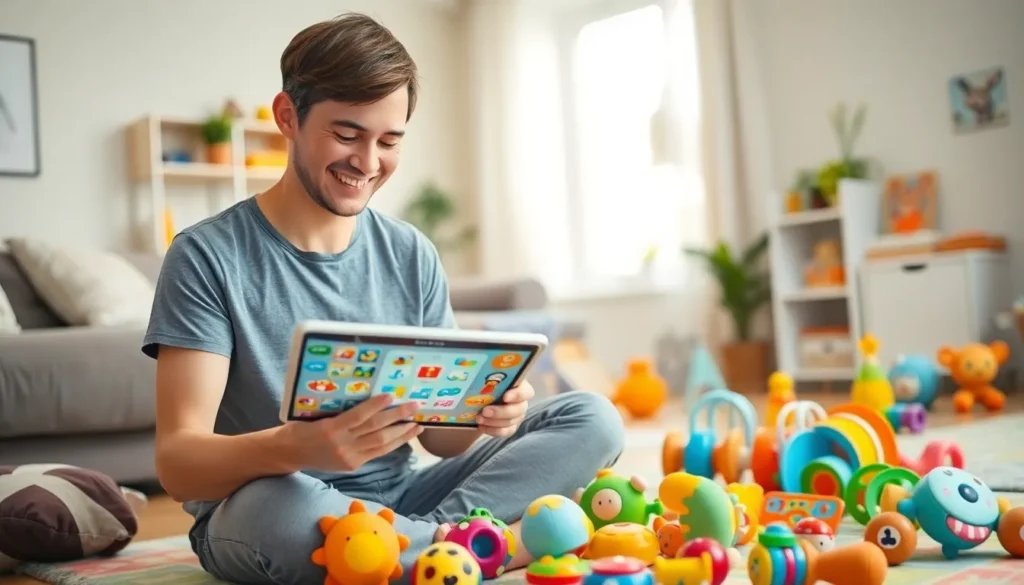Table of Contents
ToggleIn a world where artificial intelligence can whip up a gourmet meal or compose a symphony, it’s only natural to wonder why ChatGPT can’t conjure up images. Picture this: you’re chatting away with your trusty AI buddy, asking it to paint a masterpiece, and all you get is a blank stare. Frustrating, right?
While ChatGPT excels in crafting clever responses and engaging conversations, it’s not equipped with the magic brush needed for visual creation. The underlying technology focuses on text, leaving the art of imagery to other specialized AIs. So, before you throw your computer out the window in exasperation, let’s dive into the reasons behind this curious limitation and explore what makes ChatGPT a wordsmith rather than a Picasso.
Understanding ChatGPT’s Capabilities
ChatGPT excels in generating text and facilitating discussions. It’s important to recognize its specialized role in the AI landscape.
What Is ChatGPT?
ChatGPT is an AI language model developed by OpenAI. This model generates human-like text based on prompts it receives. Its primary function focuses on understanding and producing language. Users appreciate its ability to answer questions, provide information, and engage in dialogue. However, ChatGPT does not possess the functionality to create images or visual content.
Limitations of Text-Based Models
Text-based models like ChatGPT come with specific limitations. They do not interpret or visualize data in pictorial form. While these models can elaborate on concepts, they lack the capability to understand or design images. Training relies entirely on large volumes of text, which results in strong language processing but weak visual representation. ChatGPT functions best when handling written language, which leads to frustrations when users expect image generation.
The Role of AI in Image Generation
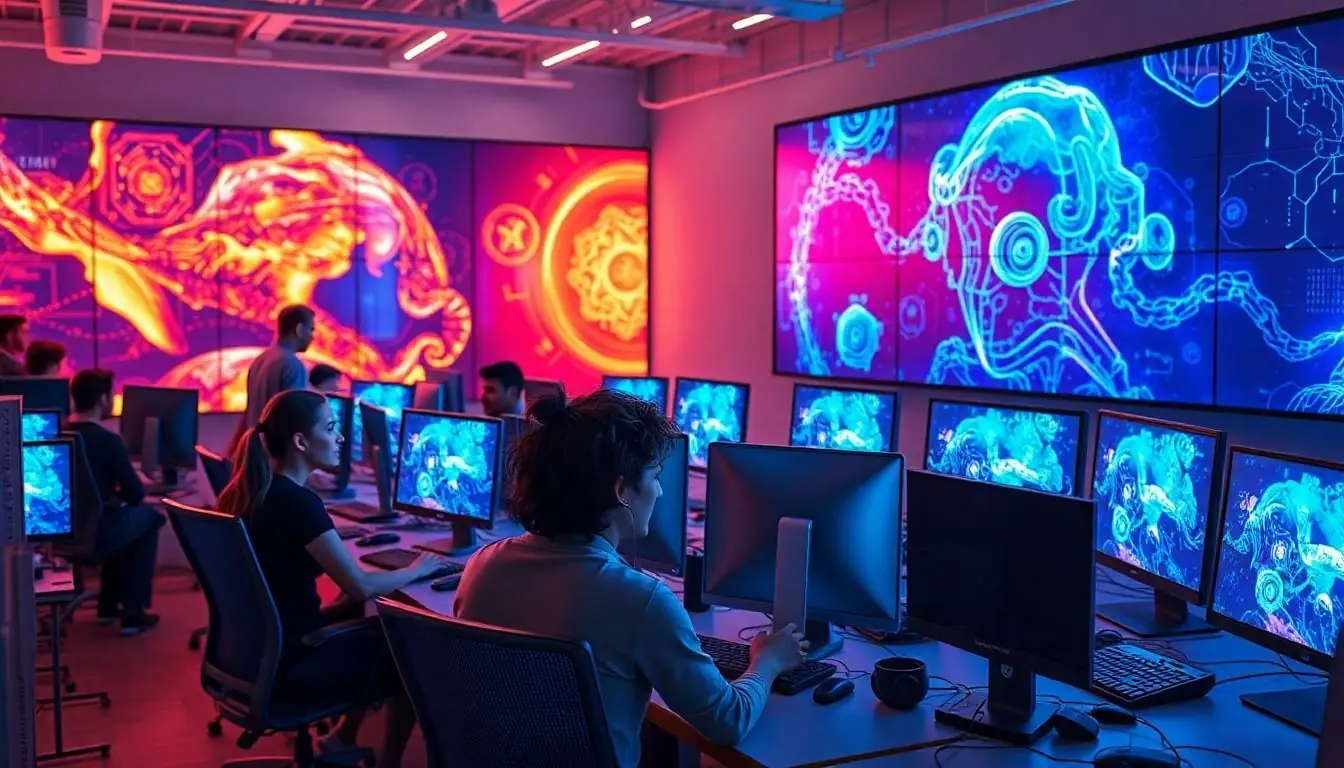
AI plays a critical role in image generation through specialized models designed to interpret visual data. These models leverage vast datasets of images and their associated descriptions to create new visuals. Most commonly used tools include Generative Adversarial Networks (GANs) and diffusion models, which excel in creating high-quality images.
Overview of AI Image Generators
AI image generators, such as DALL-E and Midjourney, utilize advanced algorithms to produce images from textual descriptions. These systems analyze input text and generate corresponding visuals, reflecting their understanding of language and imagery. Users benefit from these tools when they desire specific artwork or creative expressions based on their prompts. The technology continues to evolve, enabling more intricate and detailed image outputs.
Differences Between Text and Image Generation Models
Text generation models, including ChatGPT, focus solely on language processing. These models rely on extensive text corpora for training, resulting in proficient conversation and information delivery without visual capabilities. In contrast, image generation models take a different approach by training on image datasets, allowing them to create visuals instead of text. While both types of models employ machine learning, their applications and outputs differ significantly, with each excelling in its respective domain.
Reasons for ChatGPT’s Non-Image Generation
ChatGPT’s lack of image generation can be attributed to various technical and design factors. Recognizing these aspects clarifies the distinctions between text and visual content creation.
Model Design Limitations
Model design plays a critical role in ChatGPT’s functionality. Text-centric architectures, like ChatGPT, prioritize language processing over visual representation. Training solely on textual data inhibits the ability to generate images. Consequently, this design choice ensures that the model excels in conversational tasks and text analysis. Comparison with image-focused models reveals that each type serves a specific purpose, reinforcing their unique capabilities within the AI landscape.
Technical Constraints in Generating Visual Content
Technical constraints further explain ChatGPT’s inability to create images. The architecture lacks visual interpretation tools necessary for image synthesis. Without access to image datasets or generation algorithms, ChatGPT cannot transform text descriptions into visuals. Specialized AI models, such as diffusion networks and GANs, possess algorithms capable of interpreting and creating imagery. These models utilize distinct frameworks that empower them to excel in generating high-quality visual content. Understanding these technical differences underscores why ChatGPT remains limited to text generation.
Implications for Users
Users encounter limitations when expecting ChatGPT to generate images. This disconnect stems from a fundamental misalignment between their desires and the AI’s capabilities.
User Expectations vs. Reality
Many users approach ChatGPT with the hope of creating visual content. Unfortunately, this expectation clashes with the AI’s design as a text-based model. Users often express disappointment when their requests for images remain unfulfilled. While ChatGPT excels in text generation, the inability to create visuals highlights the importance of understanding its specific functionality. Knowing the constraints enhances user experience by aligning expectations with the technology’s core strengths.
Alternatives for Image Generation
Several specialized AI models provide robust image generation capabilities. Models like DALL-E and Midjourney focus on producing visuals from textual descriptions. Users seeking images can explore these alternatives, as they use advanced algorithms to interpret and visualize language effectively. Additionally, Generative Adversarial Networks and diffusion models offer creative solutions for high-quality images. By leveraging these technologies, users can attain the visual content they need, compensating for the limitations of text-centric models like ChatGPT.
ChatGPT’s inability to generate images stems from its design as a text-focused AI. While it excels at understanding and producing language, it lacks the necessary tools and training to create visual content. This distinction between text and image generation technologies highlights the specialized roles each type of AI plays in the digital landscape. Users seeking to create images should turn to dedicated models like DALL-E and Midjourney, which are specifically engineered for visual tasks. By recognizing these limitations and exploring the right tools, users can better navigate their creative needs and expectations in the realm of AI.



